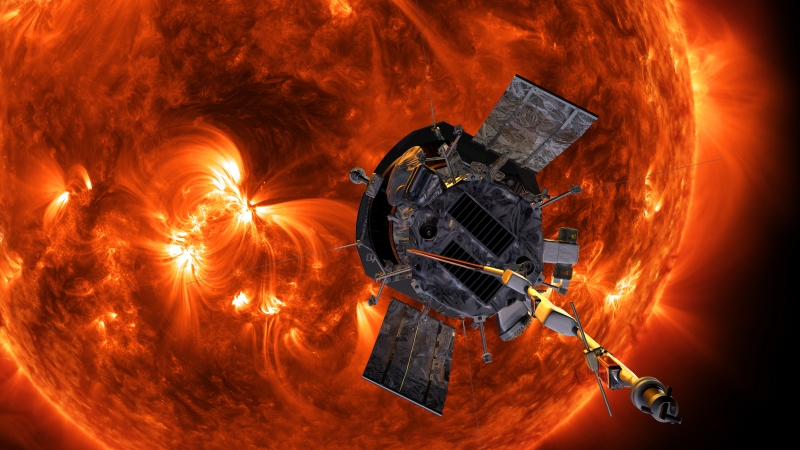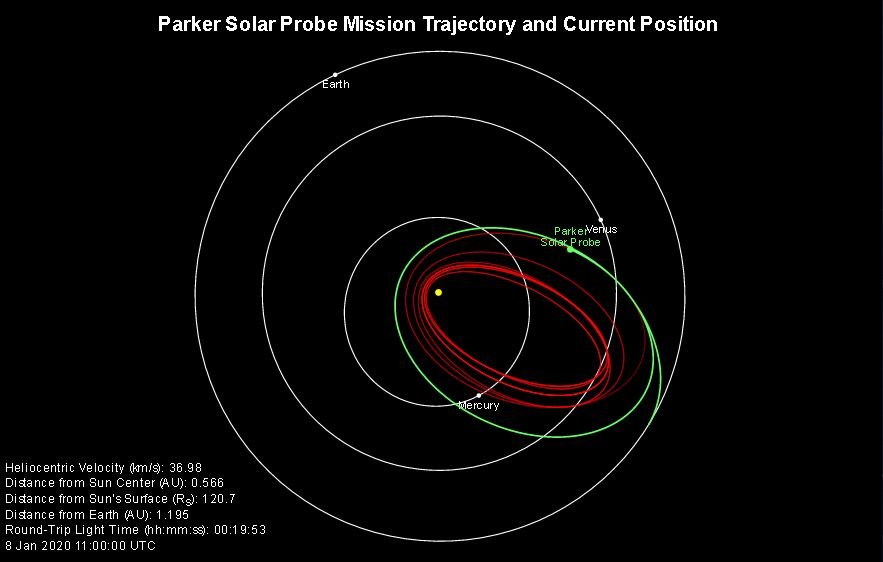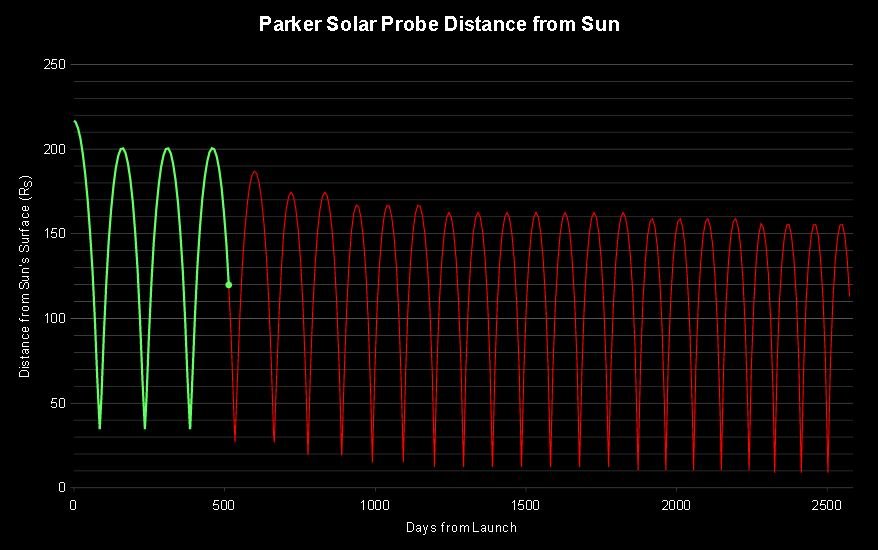Parker Solar Probe | Fastest man made object in the world (Feb 2020): Parker solar probe is a spacecraft launched by NASA on Aug 12, 2018, with a mission to touch the sun. It is the successor of Helios 2 with better technology. The Launch Site and the Launch Vehicle were Cape Canaveral Air Force Station and Florida Delta IV-Heavy with Upper Stage, respectively.
Table of Contents
Mission

Parker solar probe is launched to investigate the outer corona, i.e. outer layer of the sun, firmly and repeatedly. It was named after the name of scientist Eugene Parker. The cost of the project is US$1.5 billion. Its mission is to examine the Corona, formation of the solar wind and magnetic field. Sun emits harmful radiations with different wavelengths. Although the sun is 150 million kilometres away from earth, these radiations cause harm to us. So, the mission is also to study these radiations.
See also: Cadillac Cyclone XP-74 1959 – Concept car
NASA believes that it will get all information and make out all observations before it will melt. Let’s know more about it. The following questions must have stuck in your minds.
Present records set by Parker solar probe
Parker probe is the first and only spacecraft after Helios 2 to travel sun. Before there was no such spacecraft invented. It can resist the large amount of heat and temperatures which any other spacecraft could not.
See also: How big is the Universe? | 93,000 million light-years
It is not only a unique invention but also the fastest man made object in the world which can reach a maximum and massive speed of 430,000 miles per hour. The current fastest speed recorded by is 343,181 kph on November 6, 2018.
The closest approach from the sun’s surface was recorded as 24,122,594 km on 6 November 2018.
All the above information was got during the two solar encounters held between October 31, 2018, and November 12, 2018, and March 30, 2019, and April 19, 2019, respectively.
The next solar encounter will take place on January 23, 2020, at 14:00 UTC.
See also: How do rockets work?
Where is Parker Solar Probe?

You can see the live location of parker probe from the following link: http://parkersolarprobe.jhuapl.edu/The-Mission/index.php#Where-Is-PSP
See also: Theory of relativity | What is time travel and is time travel possible?
How long will it take to reach the sun?
The duration of the mission is seven years. It will reach 60 lakh kilometres (6 million km) away from the sun in seven years. The Parker solar probe will orbit 24 times around the sun’s outer layer, i.e., in seven years.
It will reach the sun or complete its last orbit on June 19, 2025 (Perihelion #24). It comes closer to the sun every year.
See also: Bloodhound | Fastest Car in the World
How does Parker solar probe survive being near the sun?

A 4.5-inch broad carbon-composite shield that reflects the heat off the front and protects the Parker probe. This shield protects it from harmful radiations and extreme temperatures emitted from the sun. This shield can resist the intense heat and protect it from high temperatures of up to 1377 degree Celsius.
See also: Lightyear one – Car on solar energy and Long-range electric car
Timeline

I hope you have liked this article and comment below and share it with your friends.


Looking at the title of this post (and the image itself – WOW!). I could only think of one thing (“…faster than a speeding bullet” – it’s the opening to the old “Superman” tv show.